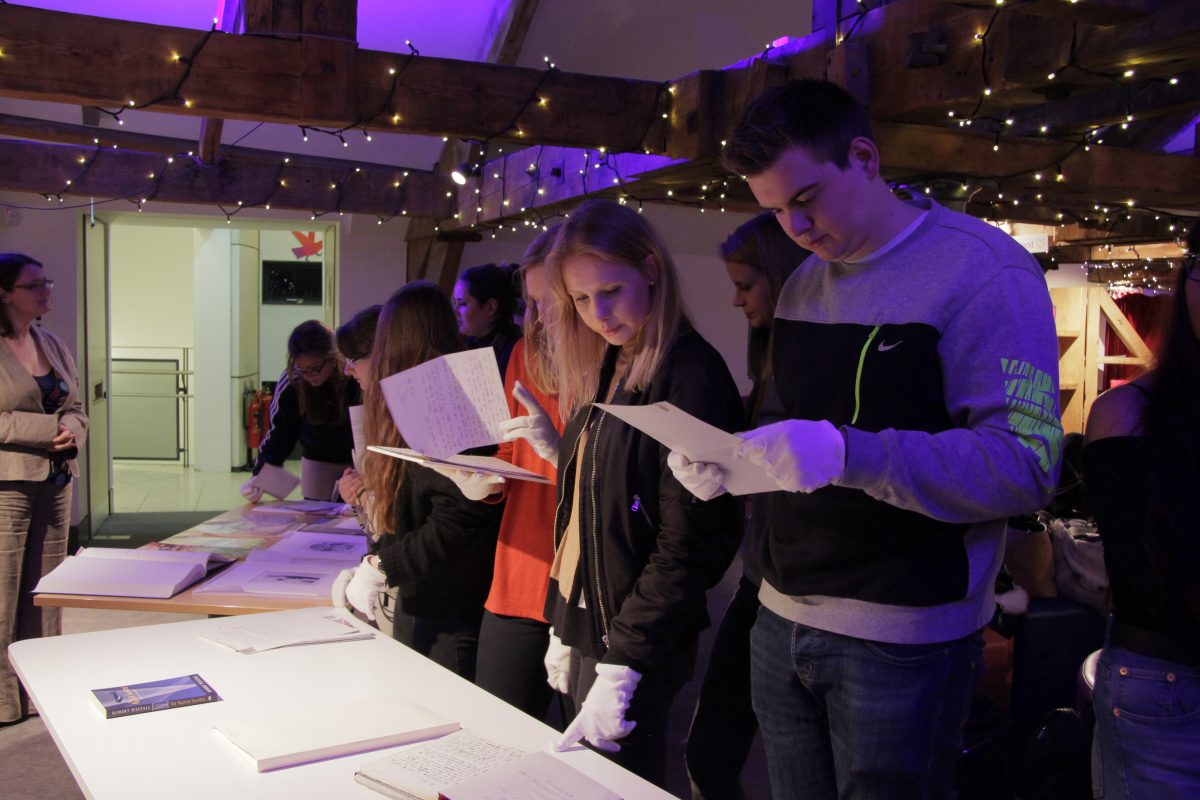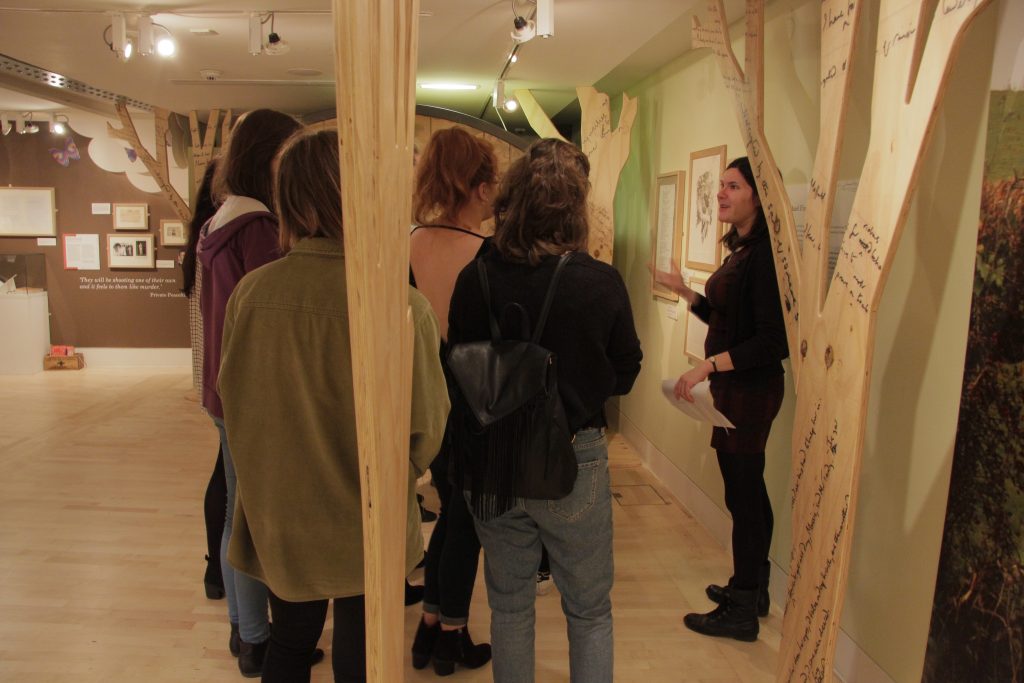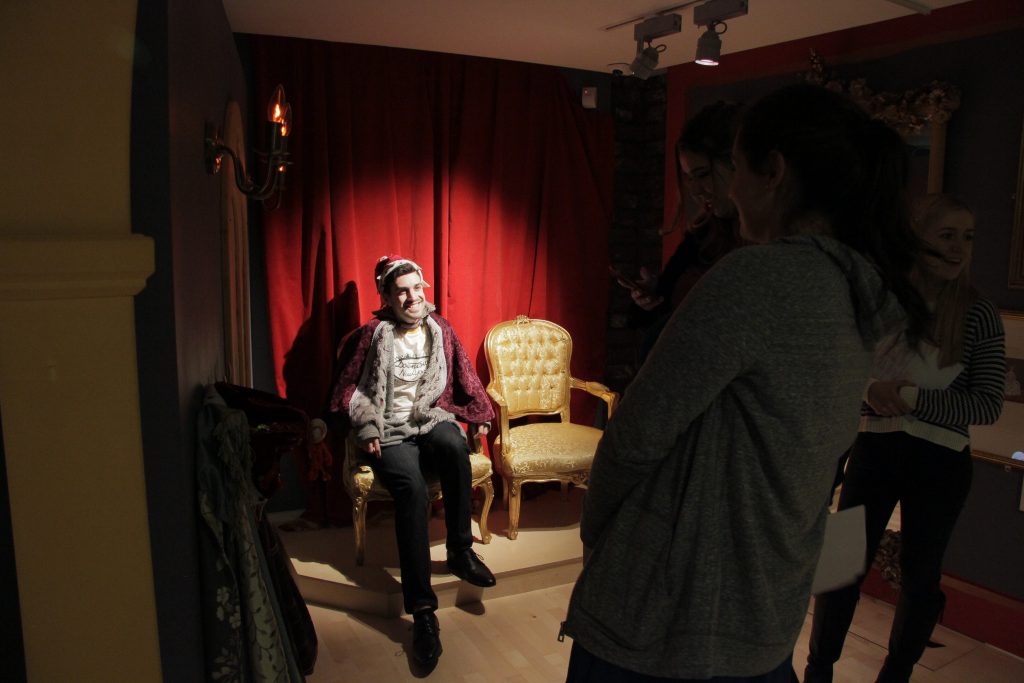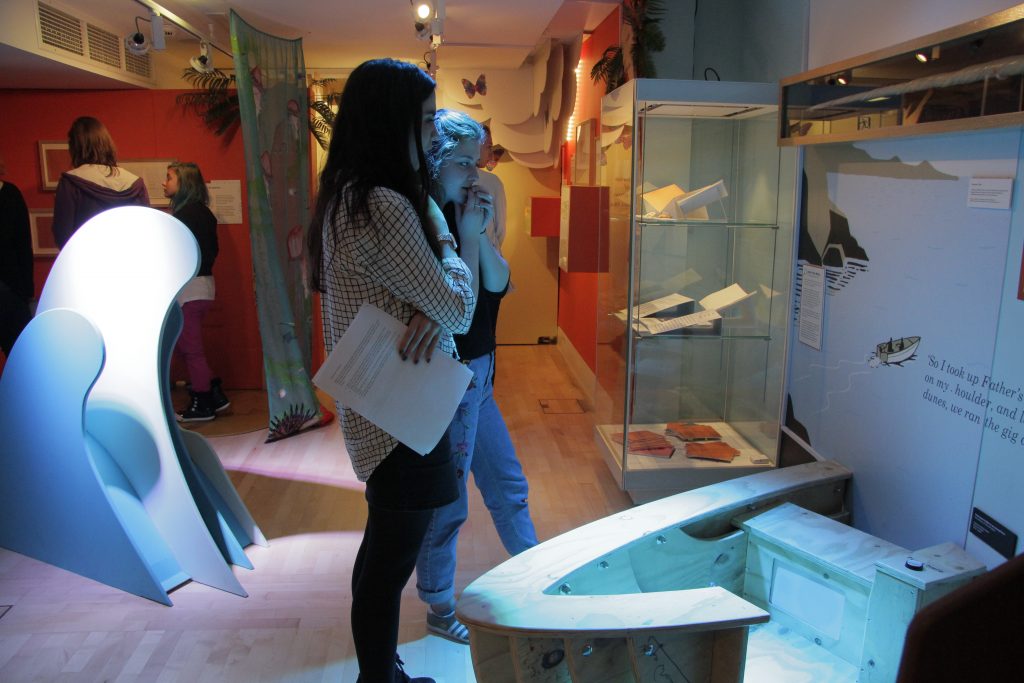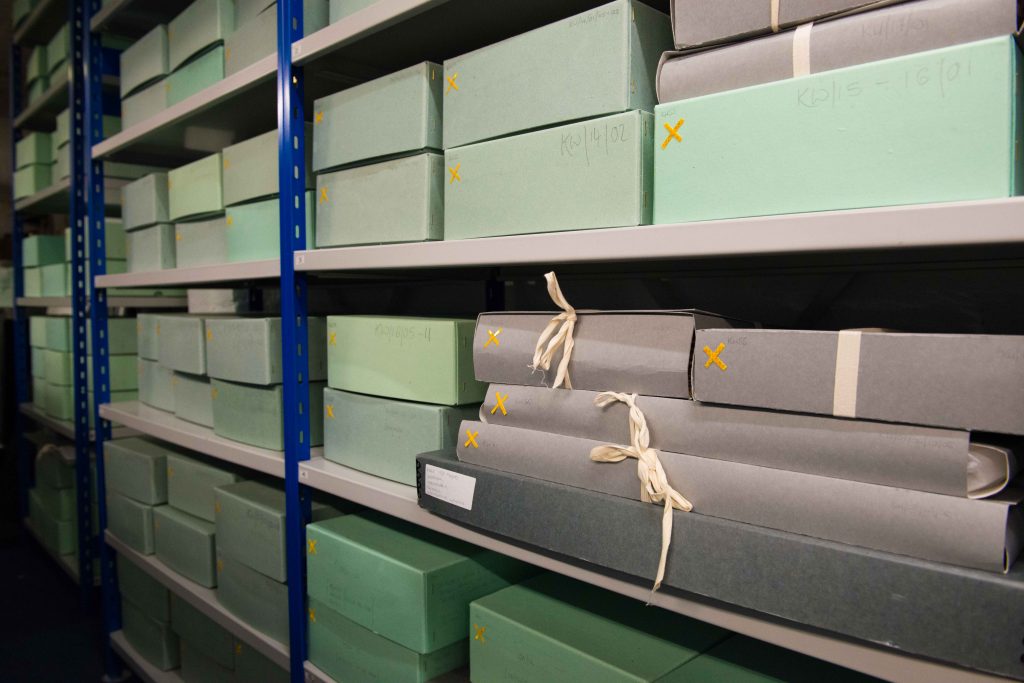This digital age of ours poses a challenge to both museums and higher education. How can museums present physical collections digitally? And how can academic research into these collections engage the Google Cardboard generation?
The Catherine Storr Experience, a new augmented reality exhibition based on the work of author Catherine Storr, launched by Newcastle University and Seven Stories: the National Centre for Children’s Books, attempts to meet that challenge.
The content for the experience was provided by Kim Reynolds, Professor of Children’s Literature in the School of English Literature, Language and Linguistics. Kim wanted to produce a digital exhibition based on her research into Seven Stories’ Catherine Storr archive. Discussing this with the Seven Stories Collections Team, it quickly became apparent that Kim’s ambitions for the project were to do something really new.
So I put Kim in touch with Dr Tom Schofield in Digital Cultures in Culture Lab at Newcastle University to see if they could help. Tom worked with developer Dan Foster Smith, Seven Stories’ Archivist Kris McKie, and Kim to put The Catherine Storr Experience together.
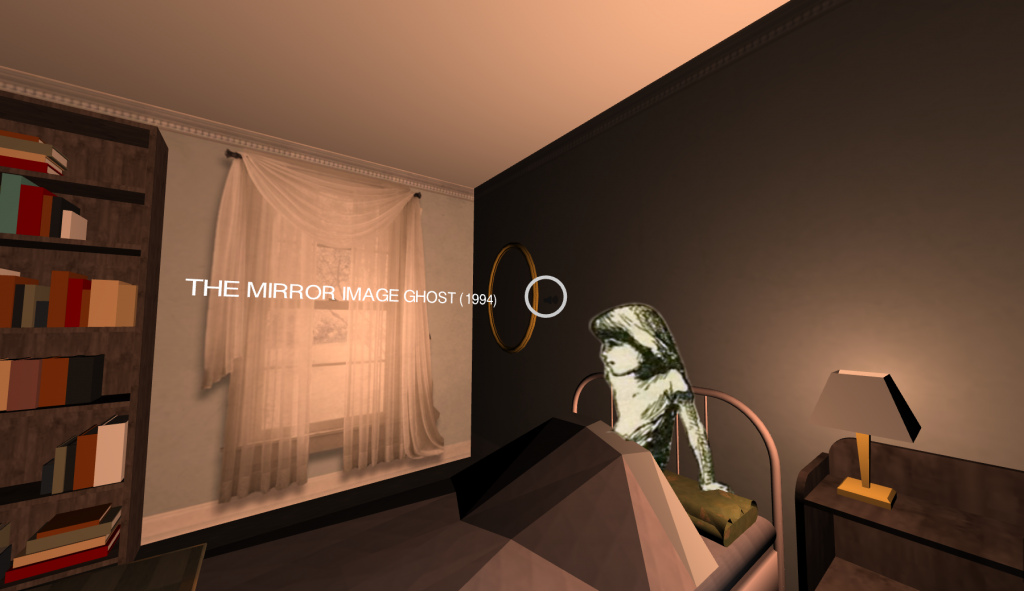
The result? The Catherine Storr Experience explores the unsettling novel of Storr’s Marianne Dreams (1958), and the house that Marianne draws. Using the context of Marianne’s room, the augmented reality experience introduces a number of Storr’s books and illustrators, as well as some aspects of her life. The experience allows you to explore different objects, characters and settings by moving your smartphone or cursor.
It uses the very latest in WebVR technology. I haven’t seen anything like this yet in digital collections, so I asked Dan about the technological innovation:
“This is new and experimental technology, which is on the edge of a breakthrough into the mainstream. It has the ability to take information that has traditionally been displayed in a flat, 2D way and literally add another dimension to it!
Websites have the great advantage of allowing the viewer to navigate the information at their own pace. Video and TV captivate and engage the viewer. This sort of experience combines the best of both; I like to think of it as a guided tour with the ability for you to ‘ask’ questions along the way.”
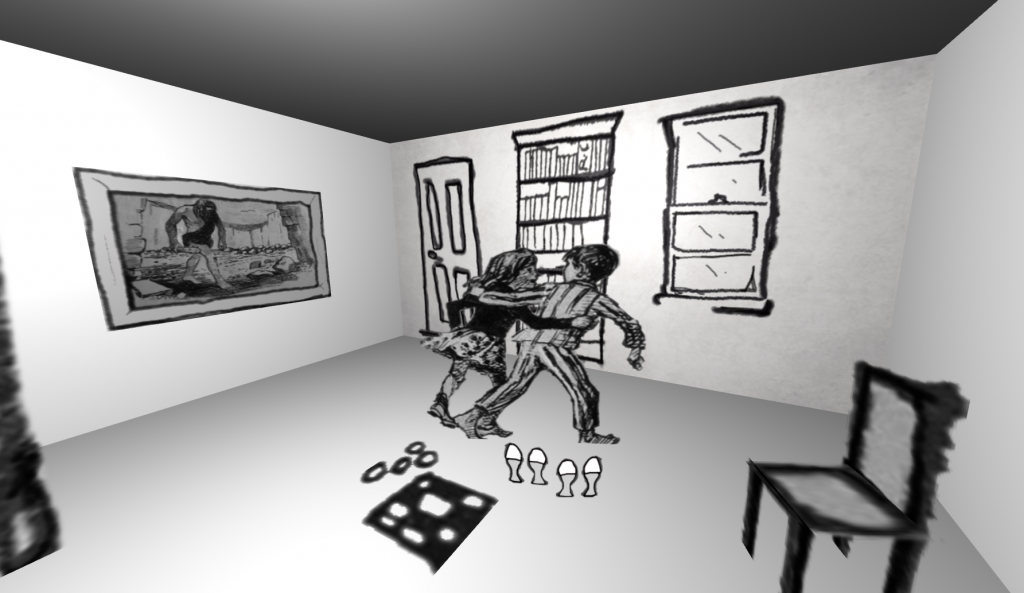
Throughout The Catherine Storr Experience you can spot illustrations, photographs and other items from the Seven Stories Collection. Some of the materials included in the experience also relate to Storr’s personal life and were kindly loaned by her family, extending the Seven Stories material. The project has also enabled Seven Stories to digitise all of their Storr holdings so this is available to readers and researchers around the world.
From Seven Stories’ perspective, Kris commented that this partnership had brought a new dimension to their digital collections:
“It was interesting to see how a group of talented people from outside the museums and heritage sector were able to respond to the challenge of representing an archive in a new way; Kim was able to bring her expertise to write the content, and Dan and Tom were able to envision a unique platform to present it. It will be intriguing to see what people make of The Catherine Storr Experience and the additional content on our website.”

And I’ll leave it to Kim to have the final word:
“Working with colleagues in Culture Lab and Seven Stories made it possible to experiment with new ways of presenting archival mterial and reaching out to audiences all over the world. It required new ways of writing, and Dan and Tom approached the task in adventurous ways that re-engaged me with the material. It was an exciting and challenging – in the best possible ways – collaboration.”



